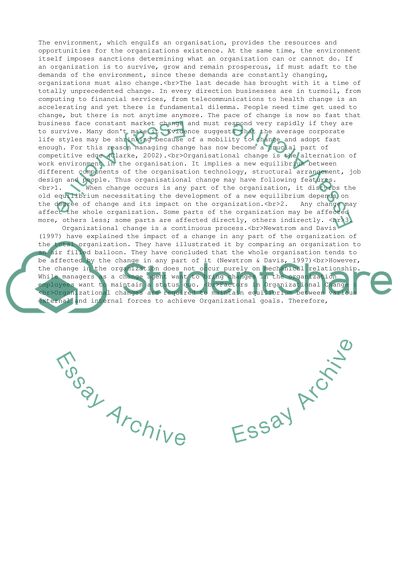Cite this document
(“Managing Change in Contemporary Organization Essay”, n.d.)
Managing Change in Contemporary Organization Essay. Retrieved from https://studentshare.org/business/1532900-managing-change-in-contemporary-organization
Managing Change in Contemporary Organization Essay. Retrieved from https://studentshare.org/business/1532900-managing-change-in-contemporary-organization
(Managing Change in Contemporary Organization Essay)
Managing Change in Contemporary Organization Essay. https://studentshare.org/business/1532900-managing-change-in-contemporary-organization.
Managing Change in Contemporary Organization Essay. https://studentshare.org/business/1532900-managing-change-in-contemporary-organization.
“Managing Change in Contemporary Organization Essay”, n.d. https://studentshare.org/business/1532900-managing-change-in-contemporary-organization.


